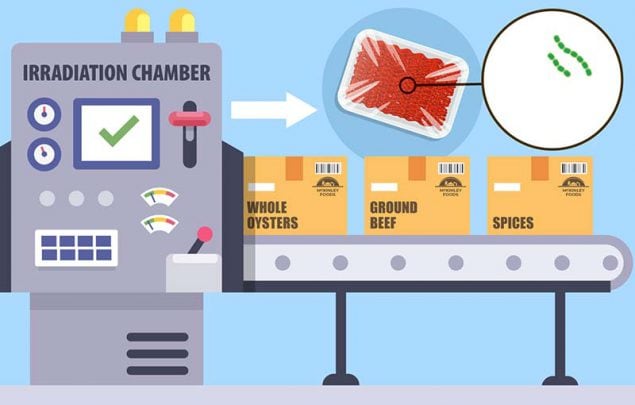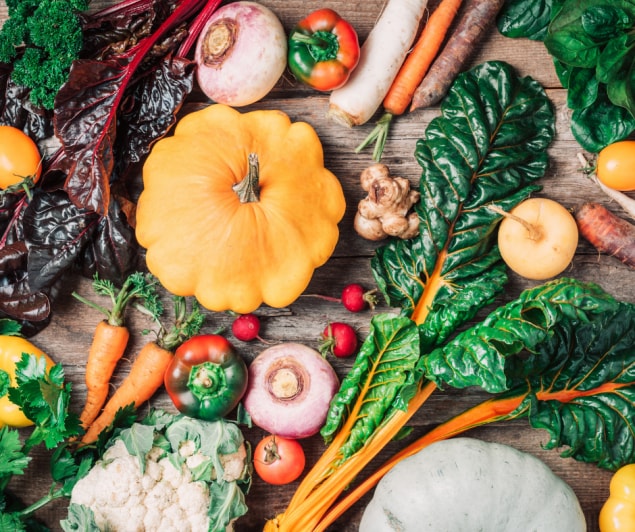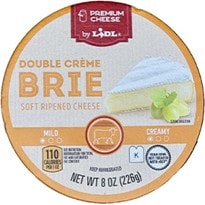Food Safety Updates From CDC

Release of Annual Report for 2020 on the Sources of Foodborne Illness
The Interagency Food Safety Analytics Collaboration’s (IFSAC) newest report, “Foodborne Illness Source Attribution Estimates for 2020 for Salmonella, Escherichia coli O157, and Listeria monocytogenes Using Multi-year Outbreak Surveillance Data, United States,” is now available. The updated estimates, combined with other data, can help shape agency priorities and inform the creation of targeted interventions to reduce foodborne illnesses caused by these pathogens. These estimates also inform stakeholders and improve our ability to assess whether prevention measures are working. IFSAC is a collaboration between the Centers for Disease Control and Prevention, the U.S. Food and Drug Administration, and the U.S. Department of Agriculture’s Food Safety and Inspection Service.

Curious About Food Irradiation?
Food irradiation is a food safety process that uses radiation to kill germs that can cause food poisoning. Check out a new web page from CDC describing how food irradiation works to make food safer and how to identify irradiated foods in stores.

Today’s Food Safety Tip
If you’re preparing meals with fall fruits and vegetables, such as kale, cranberries, and squash, wash or scrub them under running water unless the package says the contents have been washed. Wash fruits and vegetables even if you don’t plan to eat the peel because germs on the peel or skin can get inside fruits and vegetables when you cut them.
Washing fruits and vegetables with soap, detergent, or commercial produce wash is not recommended. Bleach solutions or other disinfecting products should not be used on fruits and vegetables.
Get more information on preparing and handling fruits and vegetables and leafy greens.
